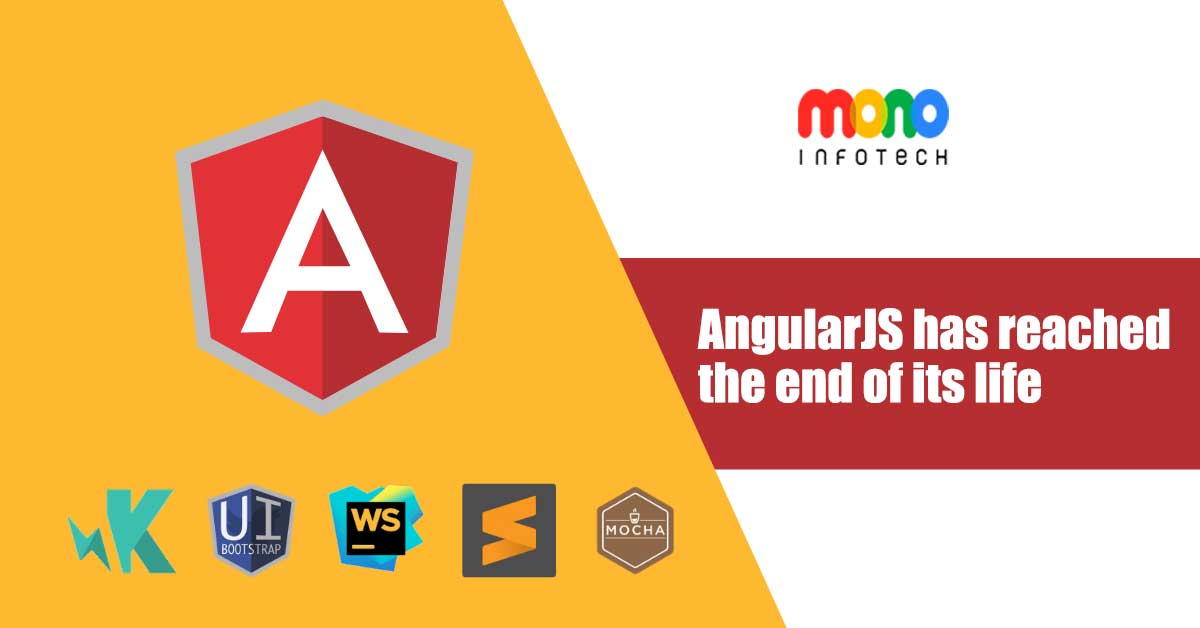AngularJS has reached the end of its life
The JavaScript structure that “turned web development on its head” is currently no longer being developed, but there are opportunities for outsider support.
Since the JavaScript structure, AngularJS, has reached end-of-life (EOL) status, the engineers behind the future Type Script-based Angular system trust that the customers of the first system will drive the replacement.
AngularJS, initially released by Google in 2010, reached EOL status on 31 December, and long-haul support will cease. However, customers can get help from outsiders, including support administration companies XLTS.dev and Perforce. In addition, AngularJS source code will be accessible on GitHub using NPM, CDN, and Bower.
Although inspires by AngularJS, Google’s Angular successor is an alternative system that uses many similar thinking methods but was change to TypeScript in 2016. TypeScript provides a static composition, supports the development experience, and helps detect bugs before organizing them in development, said Minko Gechev, Google Designer Relations Engineer.
Options for AngularJS customers going forward
The EOL status for AngularJS presents opportunities, said Javier Perez, open-source evangelist at Perforce. “When an open-source local area long haul support reaches end-of-life (EOL), fixes are no longer delivered. So for customers, the risk of using EOL programming variants is that patches are no longer available when another serious or fundamental vulnerability is found.”
Moreover, given that AngularJS is widely use for web applications, changes to the programs could impact usability, Perez added. AngularJS customers, he clarified, have four options: They can keep the application on AngularJS at risk of EOL, move the application to the latest form of Angular, refactor the application using another JavaScript system, or keep the application on AngularJS and get support.
AngularJS, says Google’s Gechev, has “transformed” web development by giving architects the ability to create complex business applications. It’s hard to say how many customers AngularJS has, Gechev notes, because the structure often comes in use as a JavaScript document called from a static server. However, considering NPM downloads, Google estimates that 84% of developers use Angular, while 16% still use AngularJS.
Google describes rakish as a “battery-powered” system with ingrained, accepted practices. It expects to be evergreen and help every developer evolve their apps using ng update insight. Precise continues to deliver twice a year. Angular 13 was release in November, followed by the first versions, 13.1 and 13.1.1, in December.
We are always available for your help and our team offers you round-the-clock support and services to make sure you always thrive online. Contact us at [email protected] to know more about our Services like HTML & WordPress Pre-Landers, Landing Pages, Safe websites for Affiliate Marketer, Any verticals(Crypto/Dating/Forex, etc.) & Digital Marketing Services (SEO, SMM, PPC)WhatsApp Us On +91-6265120480 | Visit Our Website www.monoinfotech.com







